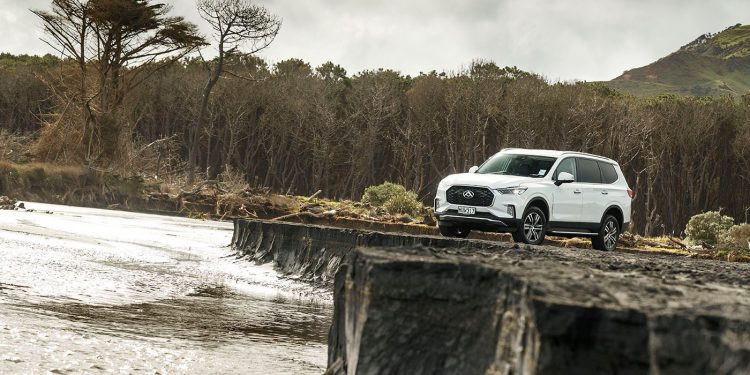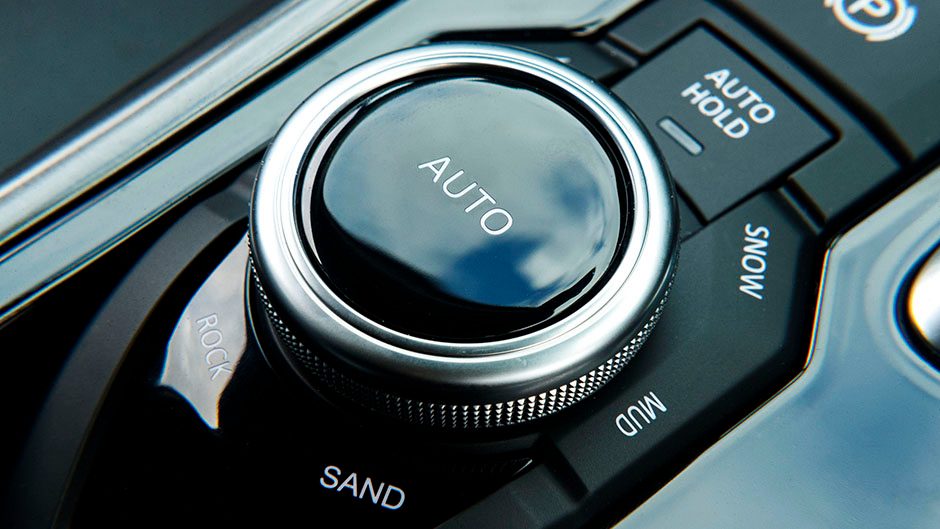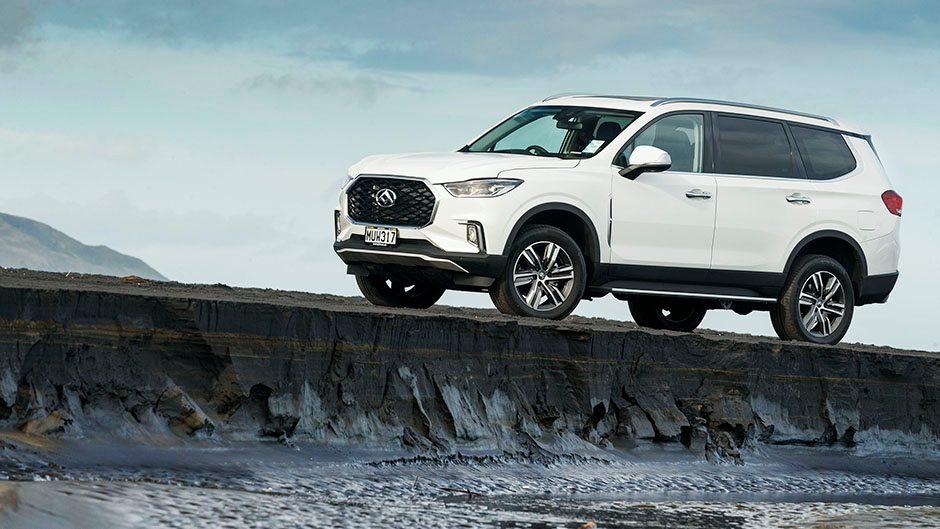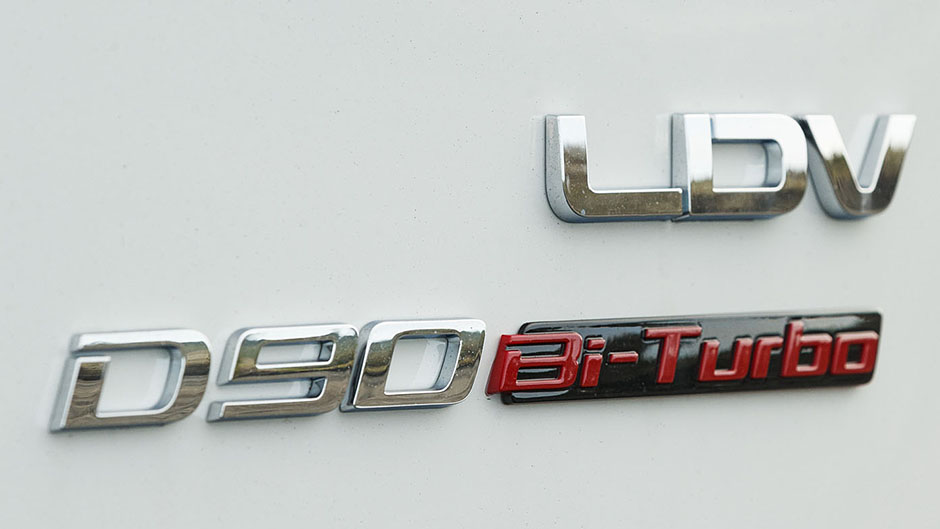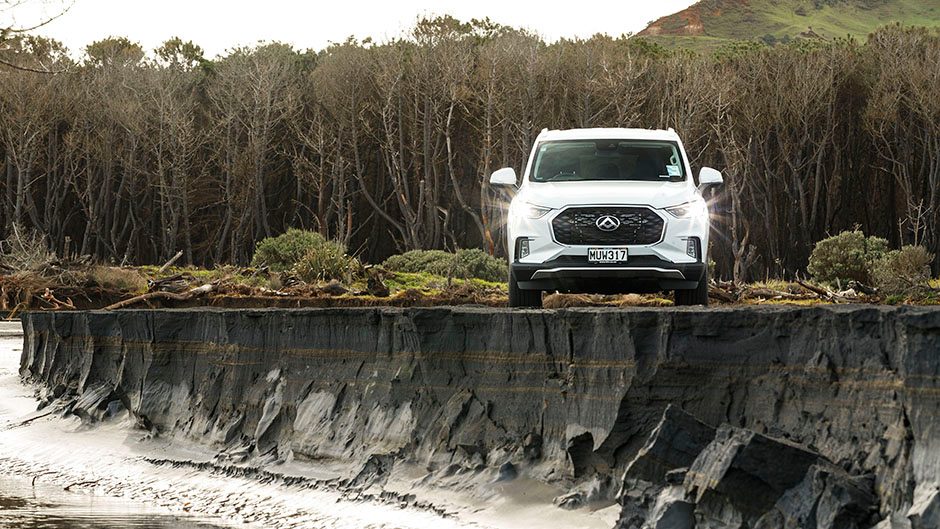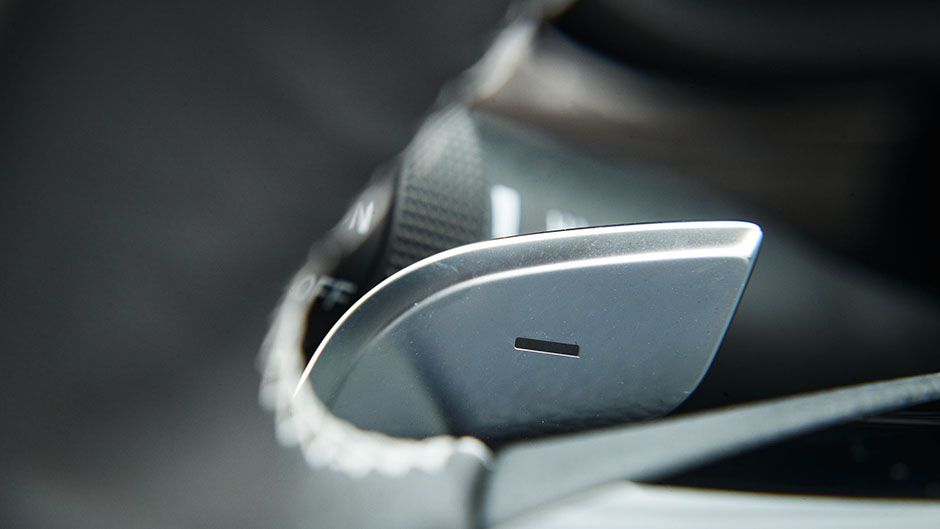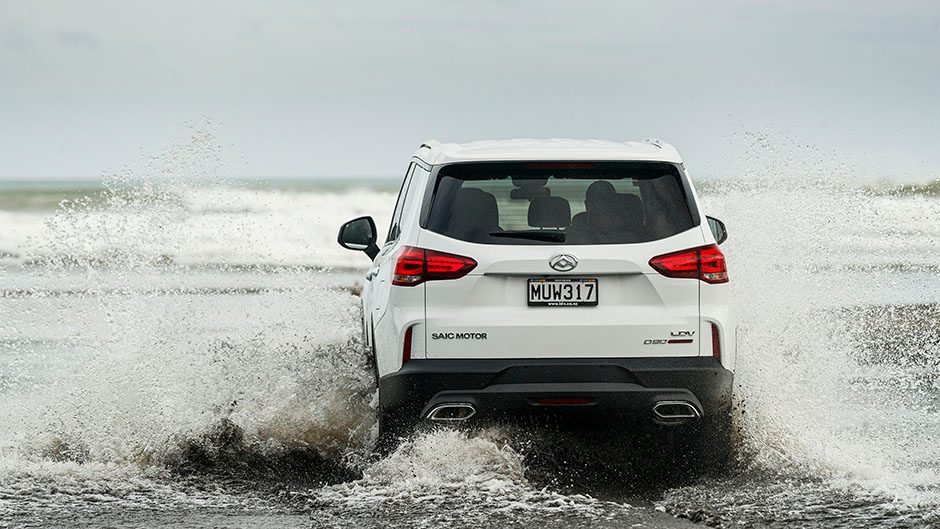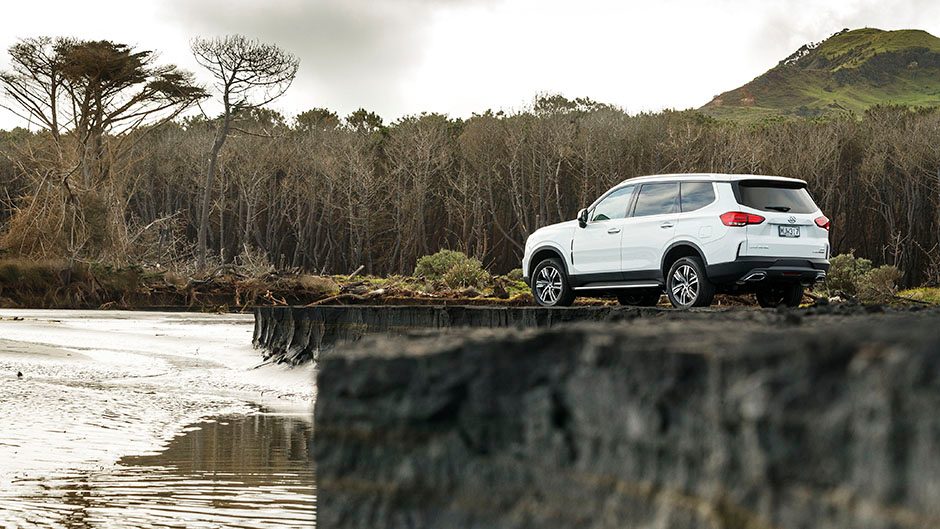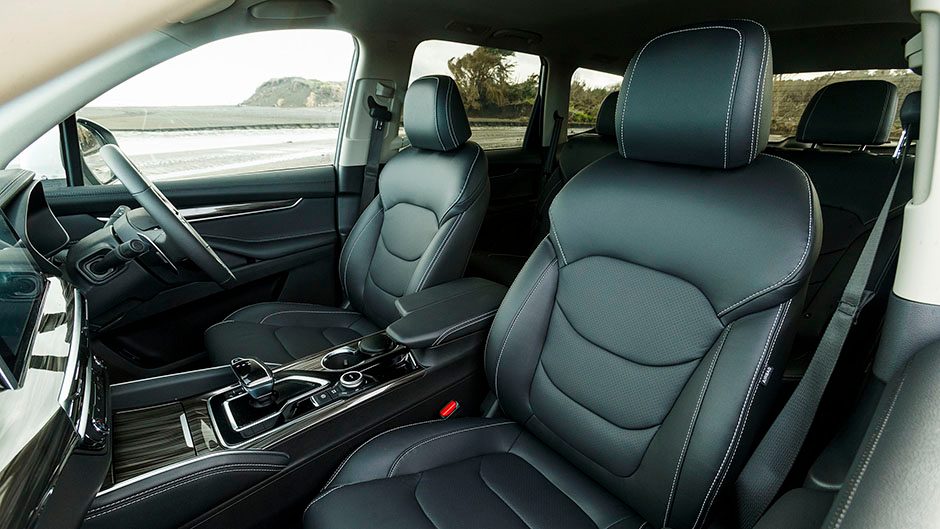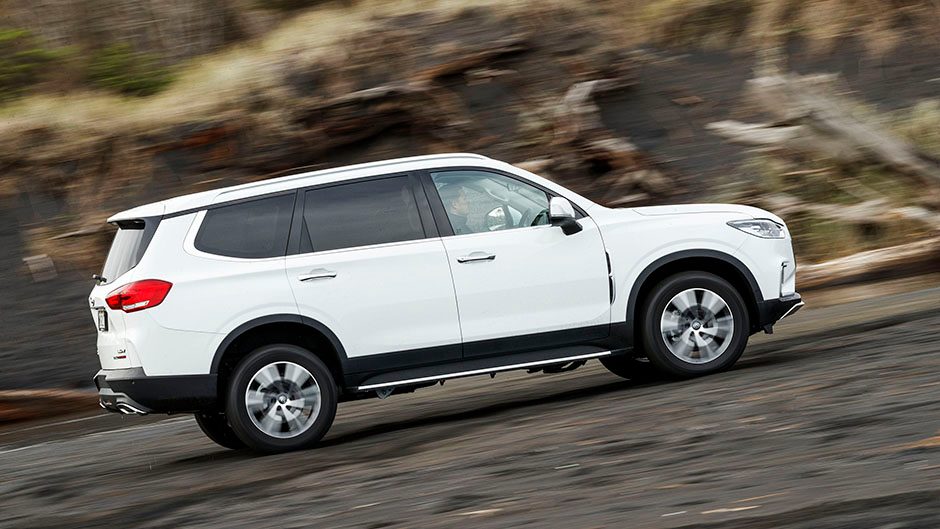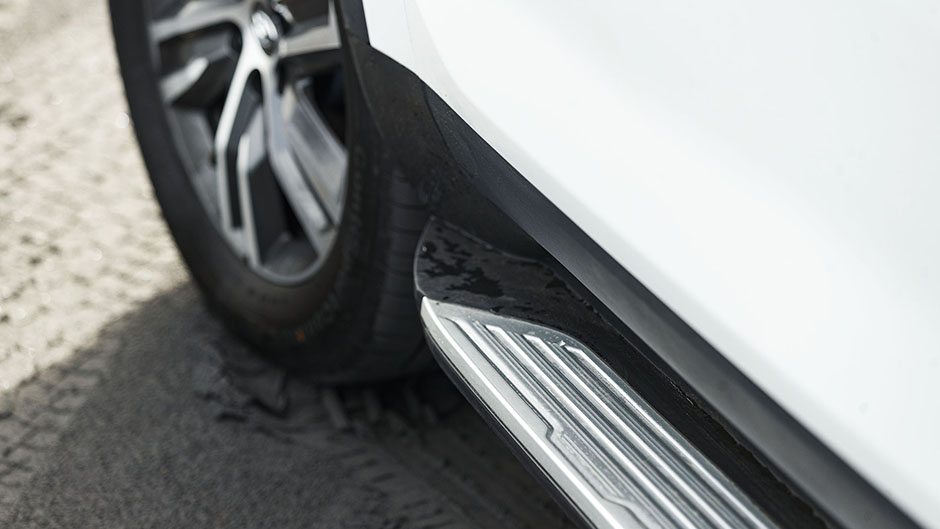2020 LDV D90 Luxury Bi-Turbo review
Words Kyle Cassidy | Photos Tom Gasnier
LDV is a name more synonymous with vans than SUVs here but parent company saic makes a range of passenger vehicles for the Chinese market. How does the big 4×4 measure up down here?
LDV’s range of vans is hard to beat in a value sense, offering big capability for a modest outlay. And they’ve built a good reputation for reliability too. The parent company, SAIC, is a massive outfit in China, which also has the revitalised MG brand in its stable, plus Roewe and others. Along with the vans and its T60 pick-up, LDV has had the D90 on offer here but until recently it has been a petrol-only offering. However, now there’s a diesel-powered D90, landing at a sub $50k price. It’s a seven-seat 4×4 that, as the local distributor puts it, “is a lot of metal for your money”.
At $49,990, it does carry a premium over the petrol models, which start at $36,990 for the Elite 2WD while the 4WD variant is $41,990, but it’s dubbed the Luxury, so has more on offer, including its 2.0-litre bi-turbo oiler.
Where the petrol turbo makes 165kW and 350Nm of torque, the diesel makes 160kW while fronting with a stouter 480Nm of torque. As we made mention last month after a brief drive of a freshly landed version, those numbers put it ahead of the likes of the 2.4-litre Mitsubishi Pajero Sport’s 135kW/437Nm and the Prado’s 130kW/450Nm 2.8-litre.
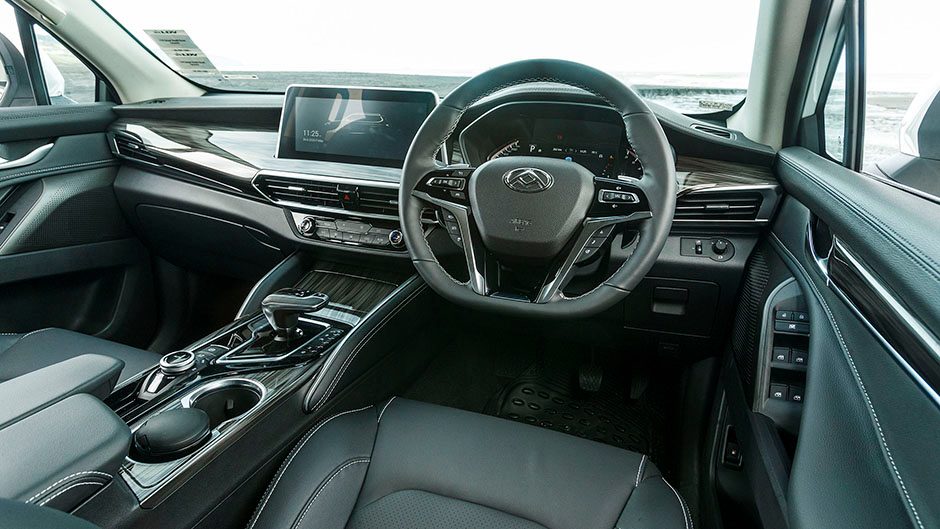
The D90 runs a permanent AWD-type powertrain, the torque processed by an eight-speed auto. There’s also a low-range transfer case. Other vitals include a 3100kg braked towing capacity while it’s rated at 9.1L/100km on average. The same figure for the 4×4 petrol is 10.9L/100km.
The engine is strong once the torque is tapped and with permanent AWD the traction is assured. The auto favours smooth and relaxed operations, the changes well oiled, but if you’re in a hurry Sport mode pokes the action along. The idle/stop function can put its oar in at times but is easily deactivated via a button. We averaged 10.6L/100km, which would likely improve with a few more miles on the clock.
That big tow capacity might have tipped you off that the D90 is not a unibody crossover but rather a full-chassis rig with a five-link, coil-sprung solid rear axle. Yet despite the rugged underpinnings, it rides well around town. And it’s quiet too, the engine and road noise hushed. Though large (just over 5m in length and 1900mm wide), it’s not unwieldy in town. The turning circle isn’t bad for this sort of rig while the steering is lightweight for easier manoeuvres. The rear view camera is clear, the side mirrors and glass house large as well.
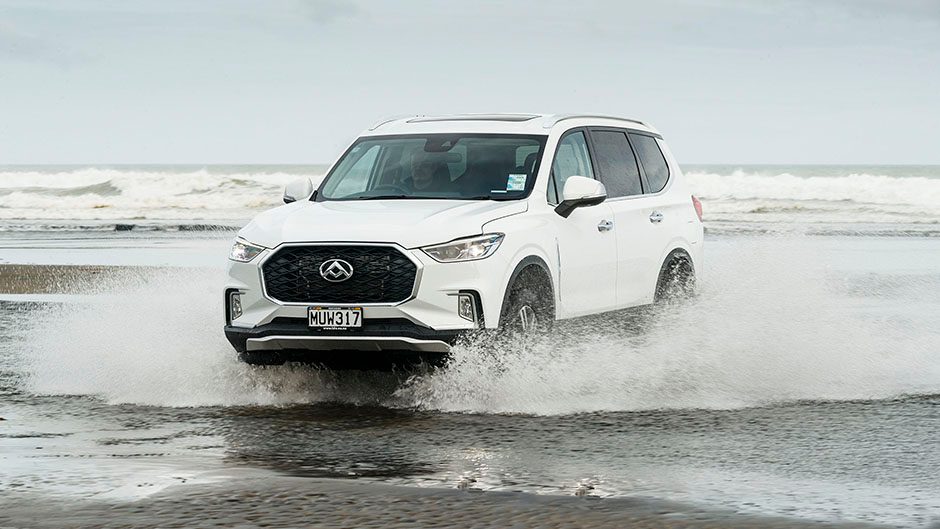
Hopefully people that buy it will make use of the terrain select button which can be switched between Auto and Sport for on-road missions while the Snow, Mud and Sand settings are for trail running, setting the gearbox and traction control to best tackle the loose terrain. The Sand mode goes well, keeping the engine in the torque zone, delivering the drive to keep pushing through the soft sand, while the ESP lets the wheels rotate without the traction control killing your progress. The Rock mode activates the low range, while there’s a diff lock too. For those interested in its tough specs, the approach and departure angles are listed at 28 and 25 degrees respectively, wading depth is 550mm and the rampover angle is 20 degrees.
The standard tyres are more road orientated however, the premium Continental rubber helping it handle a back road nicely. So the D90 grips well on the turn, the resistance to understeer strong. It has a typical 4×4 steering ratio, but there’s just enough feel for the action to help keep progress smooth and the passengers happy. There’s a helping of SUV-like roll, but nothing unruly while the ESP is well tuned with no unnecessary interventions. The ride remains calm at 100km/h, while the rear end is not ruffled by mid-corner bumps. Paddles shifters help lock the auto in gear, which will be good for towing too, and the Sport mode keeps the engine on boost above 2000rpm, in the meat of the torque curve so it hauls off the bends well.
With its Luxury badging, the D90 comes well loaded, with smart key entry and starting, leather trim, powered front seats, adaptive cruise, front and rear parking sensors and a rear view camera. There’s a sunroof, ambient lighting and a powered tailgate too. The infotainment system works via a large 12-inch touchscreen and links to both Android Auto and Apple CarPlay.
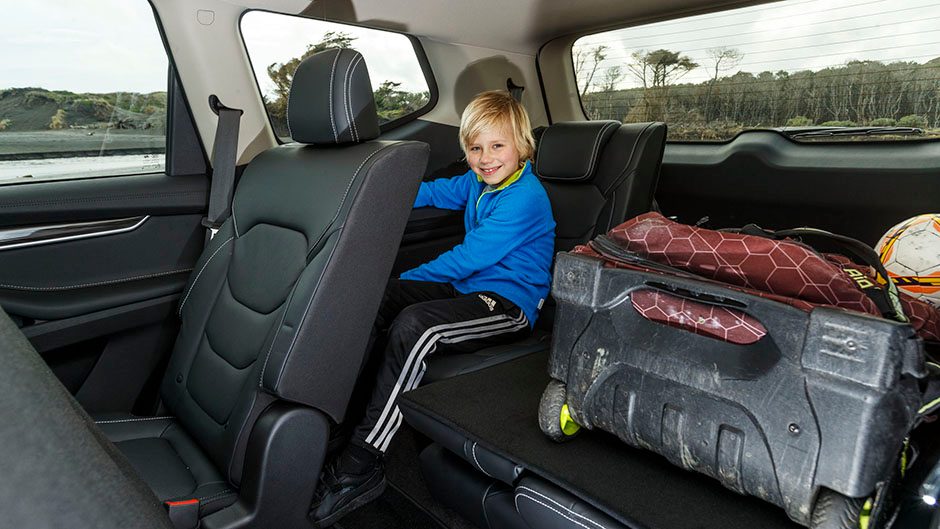
Safety is well catered for with a five-star ANCAP rating thanks to AEB, forward collision warning alert, blind spot monitoring and lane departure warning.
Those big exterior dimensions lend it ample interior space. This is a genuine seven seater with enough knee and headroom in the third row for an adult. It’s also a wide bench back there, so you won’t be squished together. Push the second row all the way back on its runners and you’ve got genuine lounging space with leg room in plentiful supply while the backrest reclines a tad too. There’s even good access to the rear via the slide and tilt function, though back seat dwellers in our household prefer to clamber, spider monkey-style, over the back of the seat.
The third row is split 60/40, which means you can fit a kid on the 40 side and fold the other, giving more space over for luggage. The load height is tall but the boot is wide and long to fit plenty of kit and clobber, and there are remote levers to drop the second row should you need extra load space. We transported a mountain bike easily, no need to remove the front wheel. There’s everything you’d expect from a manufacturer of a new, family-orientated SUV with Isofix points in the back, three-point belts for all and curtain airbags that stretch to the third row.
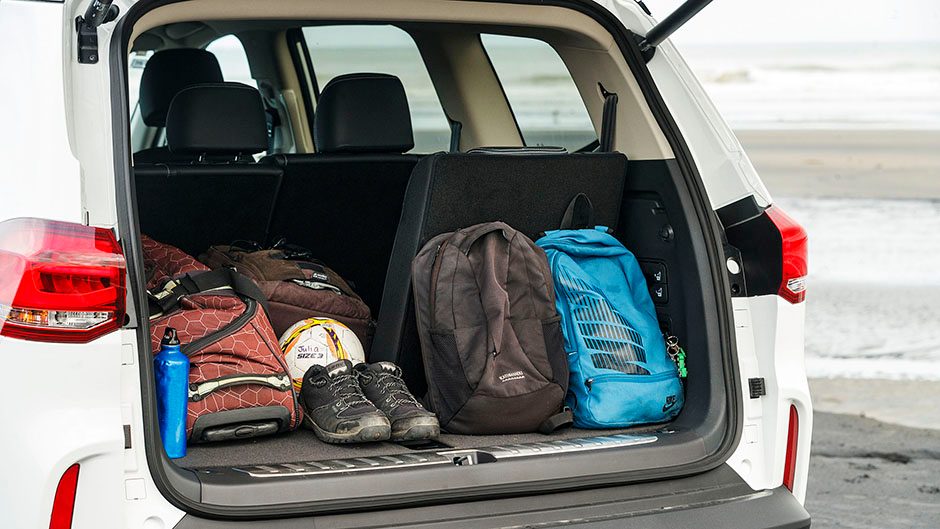
The seats up front are well shaped, with a good helping of comfort, the only omission being heaters (though only missed for a few months of the year, to be fair). They are leather clad while the cabin finishing belies the price; it’s well constructed, the surfaces are nicely lined and soft where they need to be. Even the faux wood trim is convincing. It’s robust too, the doors shut with a solid ker-thunk, the cubbies and glove box all open and shut with precision, better than what Ford and Holden used to produce, that’s for sure.
The infotainment system is best circumvented by plugging in your phone and utilising either the Android or Apple way of doing things, and that will net you sat nav as well. The ventilation operation is so much easier thanks to the use of actual knobs rather than relying solely on the touchscreen.
Active cruise is easily set with well placed buttons on the wheel (which is heated) and the system works down to a halt in traffic.
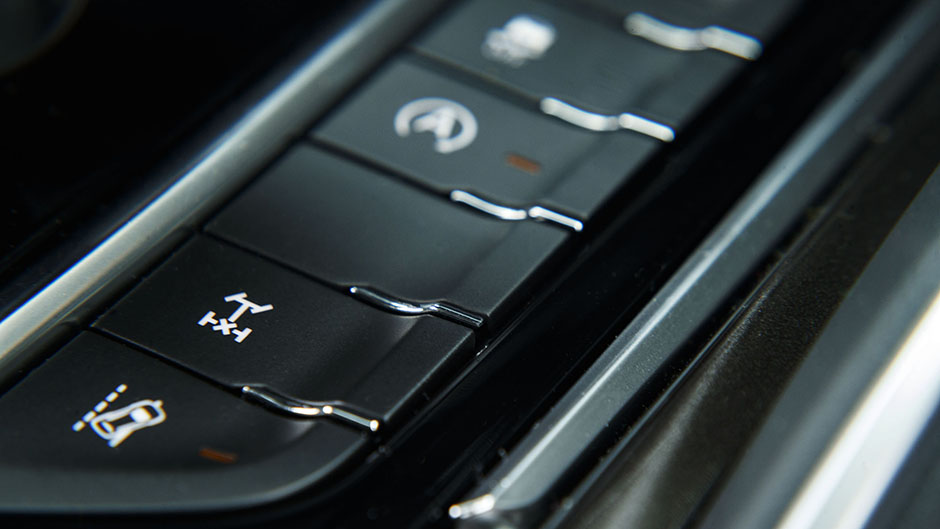
People like the look; it’s well styled without being overwrought with details. It’s a 4×4 type of SUV so has ample ground clearance (210mm) meaning the side steps are handy for those closer in size to a hobbit than an uruk-hai.
The diesel engine for the D90 makes it a more viable option for those in the market for a proper 4×4 and should be driven if you’re looking for something bigger than a Pajero Sport or aren’t prepared to spend up big on the Everest or Prado.
| Model | LDV D90 Luxury 4WD | Price | $49,990 |
| Engine | 1996cc, IL4, TDI, 160kW/480Nm | Drivetrain | 8-speed auto, all-wheel drive |
| Fuel Use | 9.1L/100km | C02 Output | 238g/km |
| 0-100km/h | 11.02sec | Weight | 2402kg |


